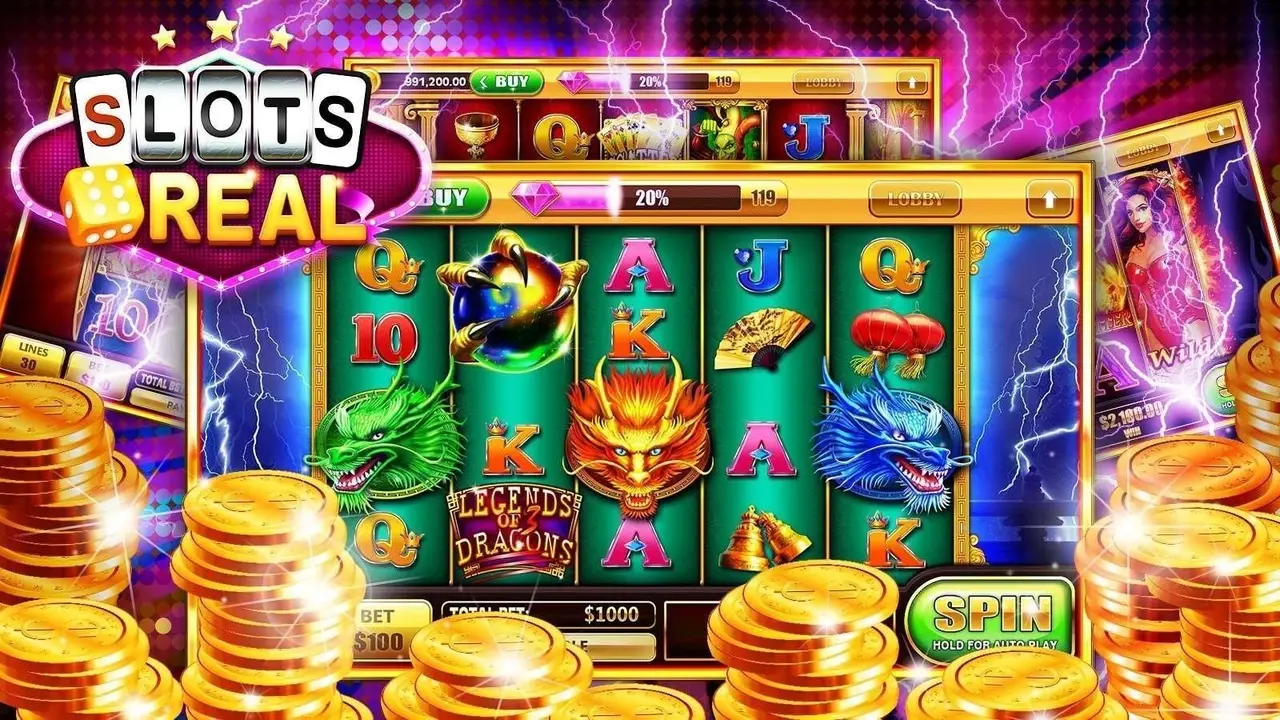The fate of gambling entertainment in the Soviet Union was complex. The history of casinos in the USSR combines ideology, prohibitions, underground clubs, state control, and mass lotteries.
While official propaganda claimed that socialist society was free from “bourgeois vices,” interest in bets, card games, and poker persisted for decades. Understanding the myths and facts is aided by studying events — from the first closures of establishments in the 1920s to the emergence of state forms of gambling entertainment in the 1980s.

The early years after the revolution and the collapse of pre-revolutionary casinos
After 1917, the new authorities sought to eradicate all signs of the capitalist past. In the 1920s, gambling in the USSR was declared a symbol of decline, and the first casinos in the USSR, dating back to the imperial times, were closed. The authorities claimed that easy money and private gambling business in the USSR contradicted the principles of equality and collectivism.
However, the complete eradication of entertainment proved impossible. Closed clubs began to appear in Moscow and Sochi, where secret card games and bets were held. Myths about luxurious halls hidden from the eyes of ordinary citizens emerged at that time, and this aspect of reality became the foundation of how the history of casinos in the USSR unfolded.
Underground clubs and the hidden life of “katrans”
Despite the strict ban on gambling in the USSR, a network of underground establishments developed in many major cities. Closed “katrans” served influential clients, including party officials, businessmen, and affluent city dwellers. Experienced dealers worked in such places, high stakes were played, and complex cheating schemes were often used.
There were cases where professional cheaters used card markings and psychological techniques to control the outcome of a game. The underground world was dangerous: club owners risked arrests, but the demand persisted. This hidden industry became an important element influencing how the history of casinos in the USSR is perceived today.
State alternative: lotteries and “Sportloto”
By the mid-20th century, the Soviet authorities decided to take gambling under strict control. Several state lotteries were established, with the main brand being “Sportloto,” launched in the 1970s. Participants were offered to place bets, and the profits were directed towards the development of sports, science, and infrastructure.
Lotteries became the only legal form of participation in mass draws. However, no legalization of casinos, roulette, or poker took place — private business remained strictly prohibited. This dual model played an important role in shaping the history of casinos in the USSR, combining officially permitted entertainment and the existence of underground establishments.
Myths about “gambling houses” in the history of casinos in the USSR
A whole layer of legends and misconceptions formed around Soviet gambling entertainment. To separate truth from fiction, it is important to analyze key myths:
- luxurious legal gambling houses existed in Moscow, accessible only to the party elite;
- the state turned a blind eye to underground katrans;
- roulette and poker were freely conducted in tourist regions, especially in Sochi;
- professional dealers worked officially in controlled establishments;
- the authorities intentionally allowed secret bets to attract foreign currency inflows.
In practice, none of these myths corresponded to reality. The history of casinos in the USSR shows that the state controlled every aspect of the gambling sphere and rigorously suppressed any illegal activities, despite the continued development of the underground industry.
The reality of the Soviet gambling industry
Comparing legends with facts paints a completely different picture. Underground clubs existed but were only accessible to a narrow circle of acquaintances. Owners risked their freedom, and their clients were carefully vetted. No official licenses or permits were issued.
In reality, the gambling culture existed thanks to hidden networks of trusted individuals working at their own risk. The secrecy of establishments and constant police raids created an atmosphere of distrust and tension. This layer of history vividly illustrates how the history of casinos in the USSR unfolded and why it is surrounded by myths today.
Reasons for the authorities’ strict stance
The Soviet leadership considered the gambling sphere potentially dangerous and took radical measures to control it. Among the key factors influencing the restrictive policy were:
- the desire to eradicate bourgeois values associated with personal enrichment;
- control over financial flows and rejection of private profit;
- fight against criminal groups and illegal incomes;
- fear of losing moral compass among the population;
- the need to strengthen trust in the state economic model.
These reasons show why the authorities consistently fought against private gambling business in the USSR and how the regulatory policy influenced the shaping of the history of casinos in the USSR.
Changes in the 1980s
During the period of economic reforms and the weakening of ideological pressure in the era of perestroika, discussions on partial legalization of gambling entertainment began. Projects of experimental halls operating under full state control started to appear in Moscow and Sochi.
Although the changes were limited, they laid the groundwork for the extensive reforms of the 1990s, when the gambling market in Russia entered a completely new phase. These processes conclude the main part of how the history of casinos in the USSR unfolded, showing the transition from total bans to cautious attempts at modernization.

Conclusion
The Soviet model of regulating gambling entertainment combined ideological prohibitions, strict control, and the existence of shadow structures. Underground clubs, state lotteries, and the constant struggle against illegal establishments shaped a unique reality where myths and facts intertwine.
Analyzing key events confirms that the history of casinos in the USSR is a history of duality: on one hand, the authorities sought to eradicate gambling as a phenomenon, while on the other hand, society’s interest in bets and card games persisted for decades. This contradiction formed the basis for future changes in the 1990s.
 en
en  ru
ru  de
de  ar
ar  es
es  hi
hi  fr
fr  nl
nl  it
it  pt
pt  el
el 












